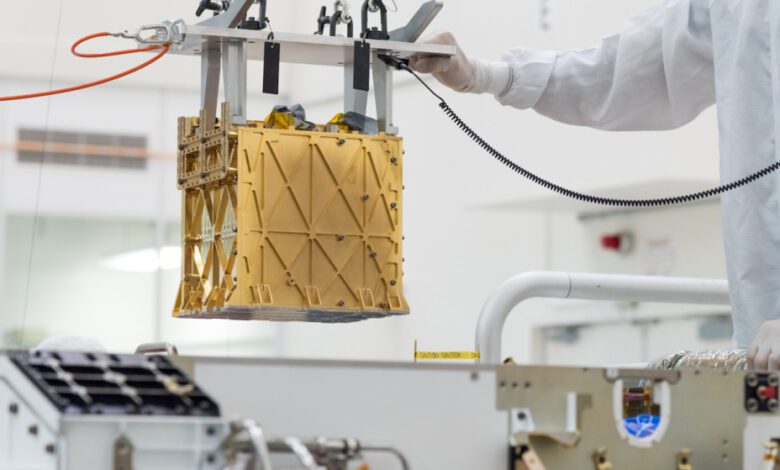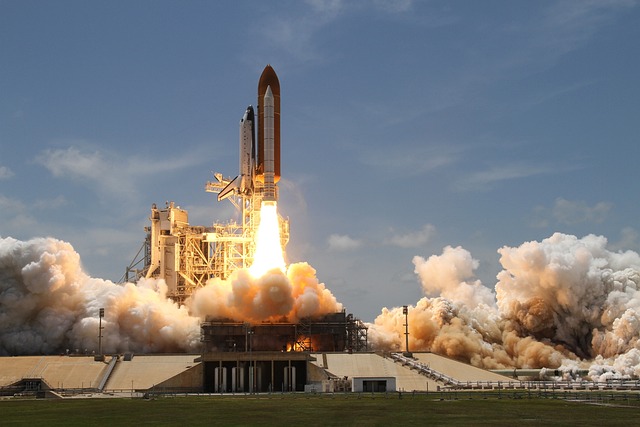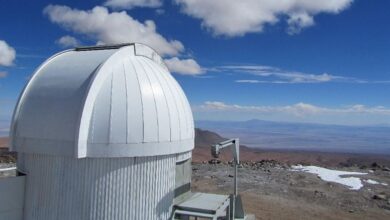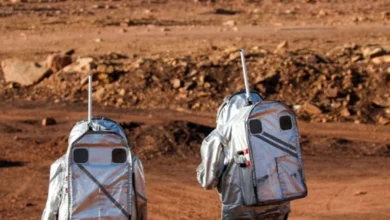NASA’s successful oxygen production on Mars opens the door for human exploration
A small NASA-built module that was delivered to Mars over the past two years has been successful in producing more than 120 grams of pure oxygen.

Nasa has now completed its oxygen-producing MOXIE mission on Mars. NASA’s persistence The organization reported that the 16th and final time the Mars rover produced oxygen on Mars, it exceeded expectations. A small NASA-built module that was delivered to Mars over the past two years has been successful in producing more than 120 grams of pure oxygen.
Enough oxygen has been produced on Mars to sustain an astronaut for a few hours, bringing humans closer to exploration of the Red Planet. This is about equivalent to the quantity of air a small dog breath in ten hours, according to a NASA blog post announcing the success of MOXIE’s mission. On August 7, during its 16th run, the microwave-sized machine-generated 9.8 grams of usable oxygen.
Mars Oxygen In-Situ Resource Utilization Experiment– NASA
MOXIE(Mars Oxygen In-Situ Resource Utilization Experiment) is the device on the rover made by creators at the Massachusetts Institute of Technology. When operating at its peak, MOXIE was capable of churning out 12 grams of oxygen with a purity of more than 98% every hour. This exceeded NASA’s expectations for the experiment by double. Using an electrochemical method that isolates an oxygen atom from each molecule of carbon dioxide gathered, its goal is to extract oxygen from the Martian atmosphere. Future missions may benefit from a larger-scale oxygen production system, especially as a source of the propellant for the rocket that will bring astronauts back to Earth.
According to a report by COSMOS, NASA Deputy Administrator Pam Melroy said, “MOXIE’s impressive performance shows that it is feasible to extract oxygen from Mars’ atmosphere – oxygen that could help supply breathable air or rocket propellant to future astronauts.”

“Developing technologies that let us use resources on the Moon and Mars is critical to build a long-term lunar presence, create a robust lunar economy, and allow us to support an initial human exploration campaign to Mars,” He added.
According to a report, NASA estimates that an individual requires 0.84 kg of oxygen each day, so MOXIE has created enough oxygen in just over 2 years to sustain an individual on Mars for around 3.5 hours. A full-scale MOXIE would need to create around 2-3 kg of oxygen per hour for a group of Martian explorers. However, MOXIE has been a resounding success as a proof of concept.
The next stage is to develop a full-scale system that incorporates a method to liquefy and store the generated oxygen. While the experiment has also taught Hecht and his colleagues how to manufacture a more effective version of MOXIE, this is only the first step.
Please, also have a look into : NASA to retire the International Space Station by 2031, plans to crash it into Pacific Ocean



